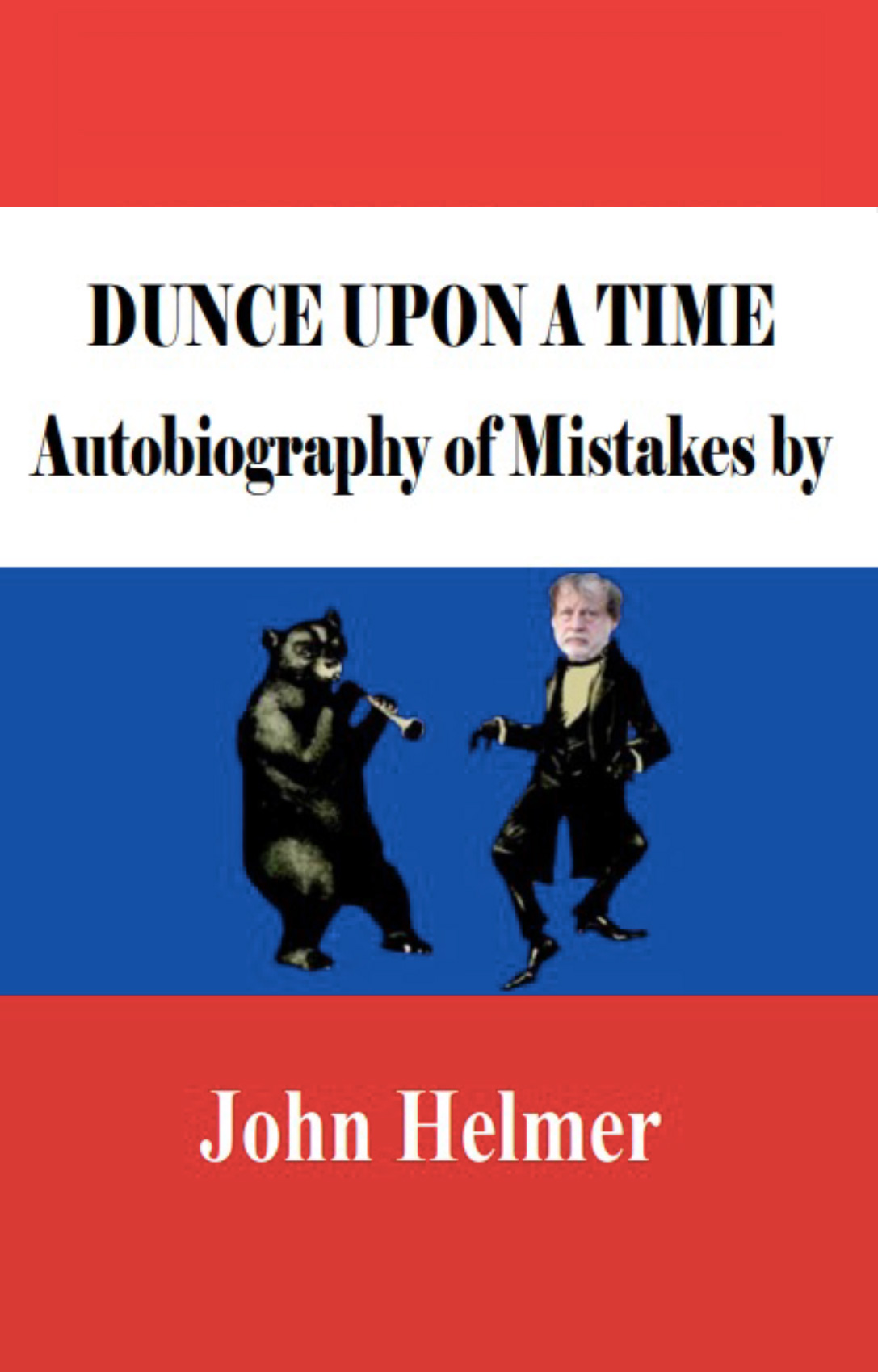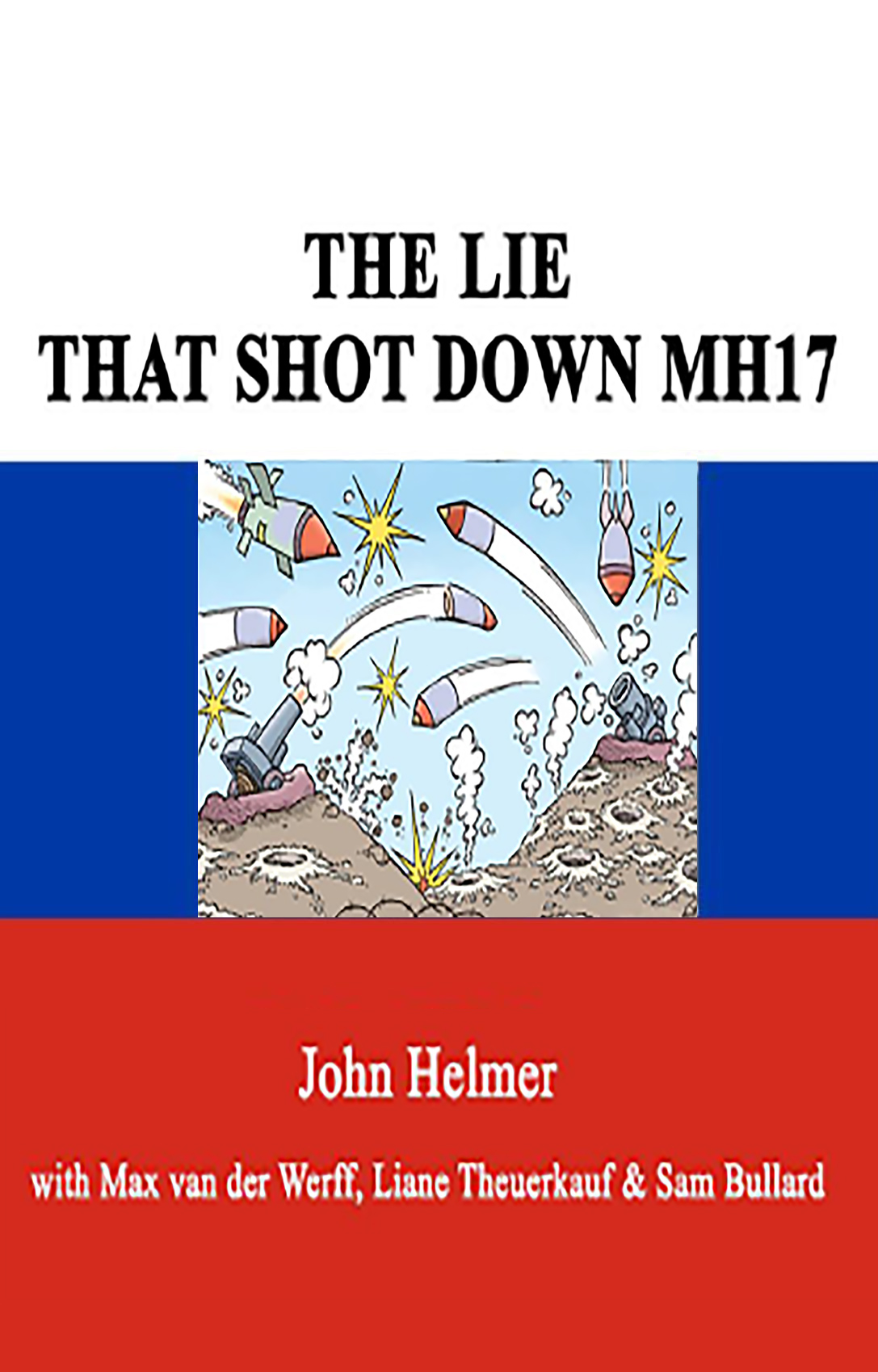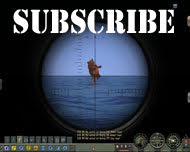
By John Helmer, Moscow
On April 16, 2019, the New York Times made a mistake. The newspaper acknowledged it swiftly, publishing a three-line correction. “Correction: April 16, 2019 – An earlier version of this article misstated the C.I.A. tenure of Nicholas Dujmovic. He served as an intelligence officer for 26 years, not 23.”
The mistake was in an unusually lengthy profile of the CIA Director Gina Haspel, written by an unusually large group of five journalists based on sources they claim to have been “more than a dozen current and former intelligence officials”. The problem they identified in the relationship between President Donald Trump and Director Haspel (she was Deputy CIA Director, February 2, 2017 – May 21, 2018) is that he doesn’t always believe what he’s been told. “Her voice,” the newspaper sums up, “is not always heeded. For all of Ms. Haspel’s ability to stay in Mr. Trump’s good graces, there is little evidence she has changed his mind on major issues…Unusually for a president, Mr. Trump has publicly rejected not only intelligence agencies’ analysis, but also the facts they have gathered. And that has created a perilous situation for the C.I.A.”
Miscounting an ex-agent’s career by three years is the only mistake the journalists and the newspaper’s management admit to making in their analysis of the facts Haspel presented to Trump, and of the “perilous situation for the CIA” resulting from the president’s disbelief.
The newspaper editorializes through an ex-CIA analyst source in the final paragraph of the publication: “as [Haspel] continues to present facts and analysis that differ from what the president wants to hear, especially on high-profile issues like Russia and North Korea, her influence will wane.”
The newspaper claims that in one case, in March of 2018, Haspel overcame Trump’s scepticism by presenting evidence that in the Skripal case, “Ms. Haspel also tried to show him that Mr. Skripal and his daughter were not the only victims of Russia’s attack. Ms. Haspel showed pictures the British government had supplied her of young children hospitalized after being sickened by the Novichok nerve agent that poisoned the Skripals. She then showed a photograph of ducks that British officials said were inadvertently killed by the sloppy work of the Russian operatives…Mr. Trump fixated on the pictures of the sickened children and the dead ducks. At the end of the briefing, he embraced the strong [sanctions] option.”
“The outcome was an example, officials said, of how Ms. Haspel is one of the few people who can get Mr. Trump to shift position based on new information.”
The problem is obvious. The “new information” – dead ducks, sickened young children in hospital, British Government photographs – was false and the photographs faked. Haspel knew before she presented to Trump. She then lied to Trump.
The five reporters – Julian Barnes, Adam Goldman, Eric Schmitt, Michael Schmidt, Matthew Rosenberg – did not check the details. Questioned since their publication, they will not clarify what they reported as true. The newspaper management refuses to publish a correction. (more…)
by Editor - Wednesday, April 17th, 2019
No Comments »






















